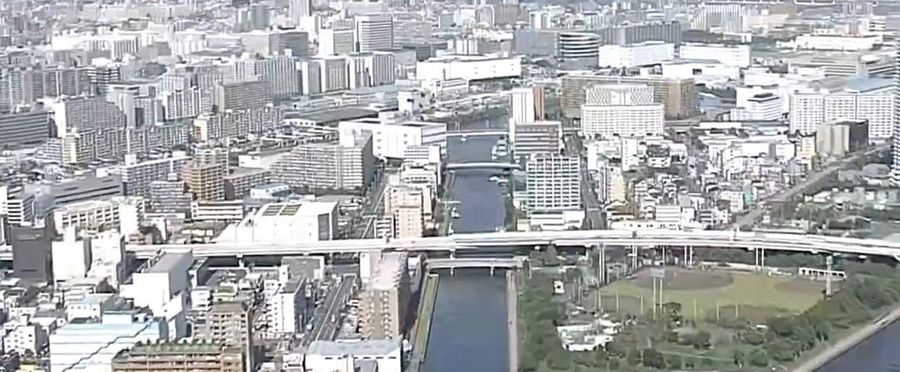The used condominium market in Tokyo is facing an interesting trend. While second-hand apartments are typically priced according to their proximity to the city center and transportation logistics, a significant price difference has emerged across the Arakawa River. In essence, odd as it may seem, prices for similar properties seem considerably lower on the eastern side than on the western side of the river. This price divide adds an extra layer to the complex dynamics of Tokyo’s real estate scene.
In Japan's dense urban environment, the location of a property - including its proximity to essential facilities and attractions - is often a crucial factor in determining its price. In Japanese society, the practicality of daily commuting is valued, and neighborhoods with good transport links typically fetch higher prices. This news is a representation of such principles, challenging conventional logic with a peculiar price divide.
Much like Japan, real estate pricing in the US and EU is often influenced by location, proximity to city centers, available amenities, and transport links. However, there might not be such a striking price difference across a single geographical feature, say a river, considering other factors such as the standing of the neighborhood and historical significance also play equally important roles in the West.

